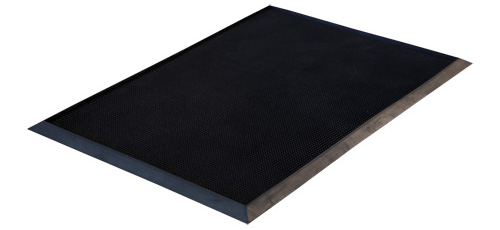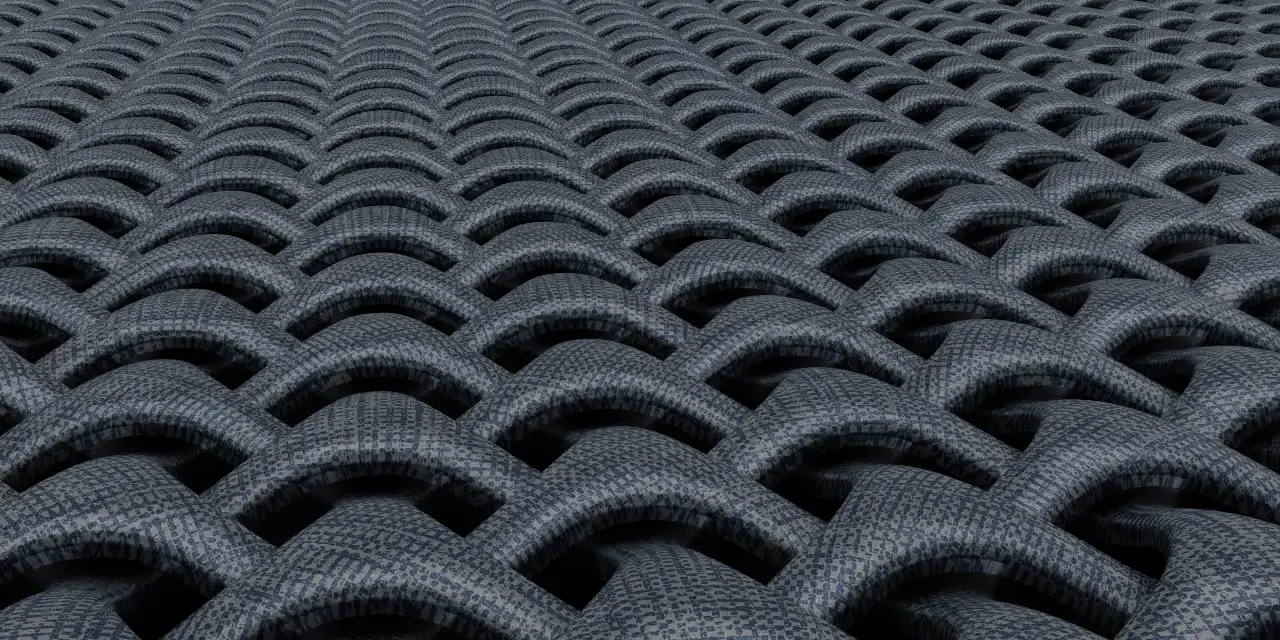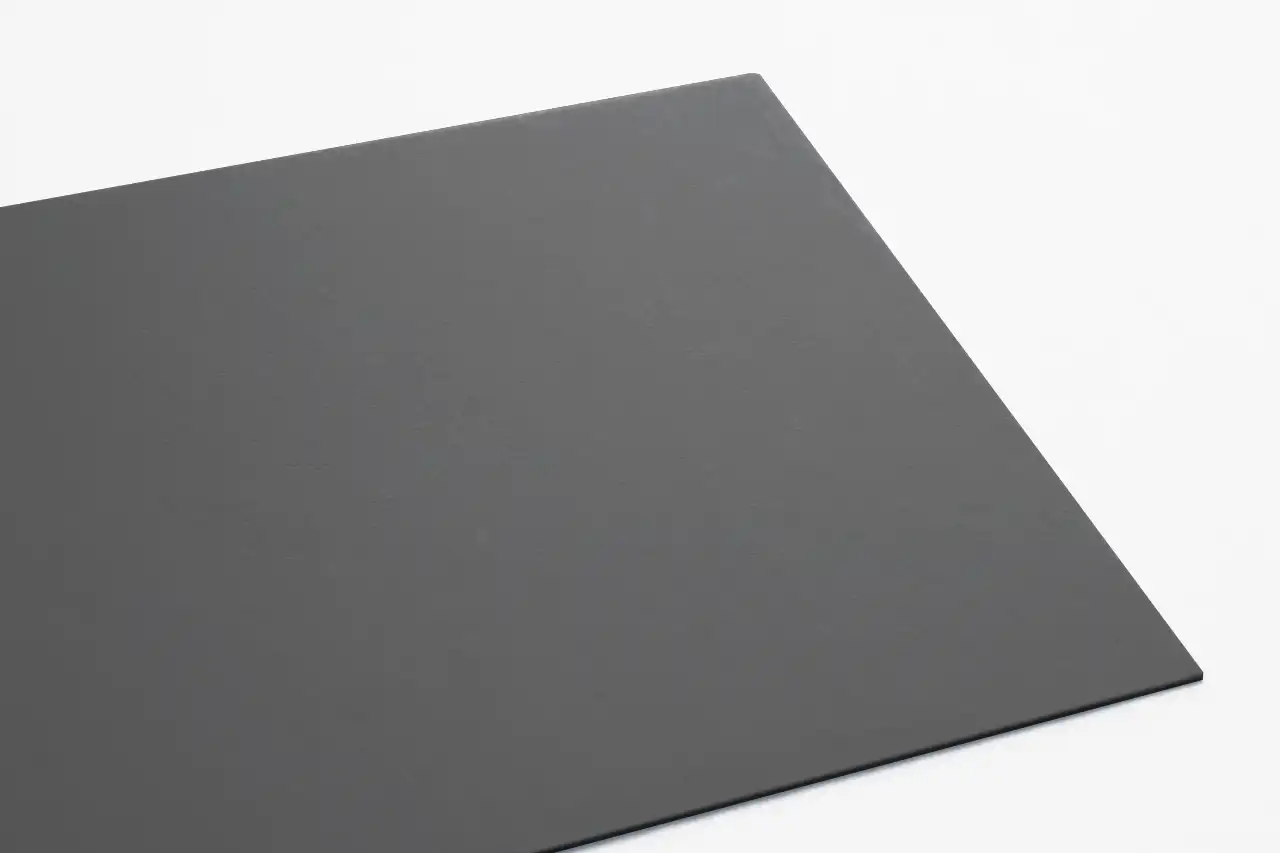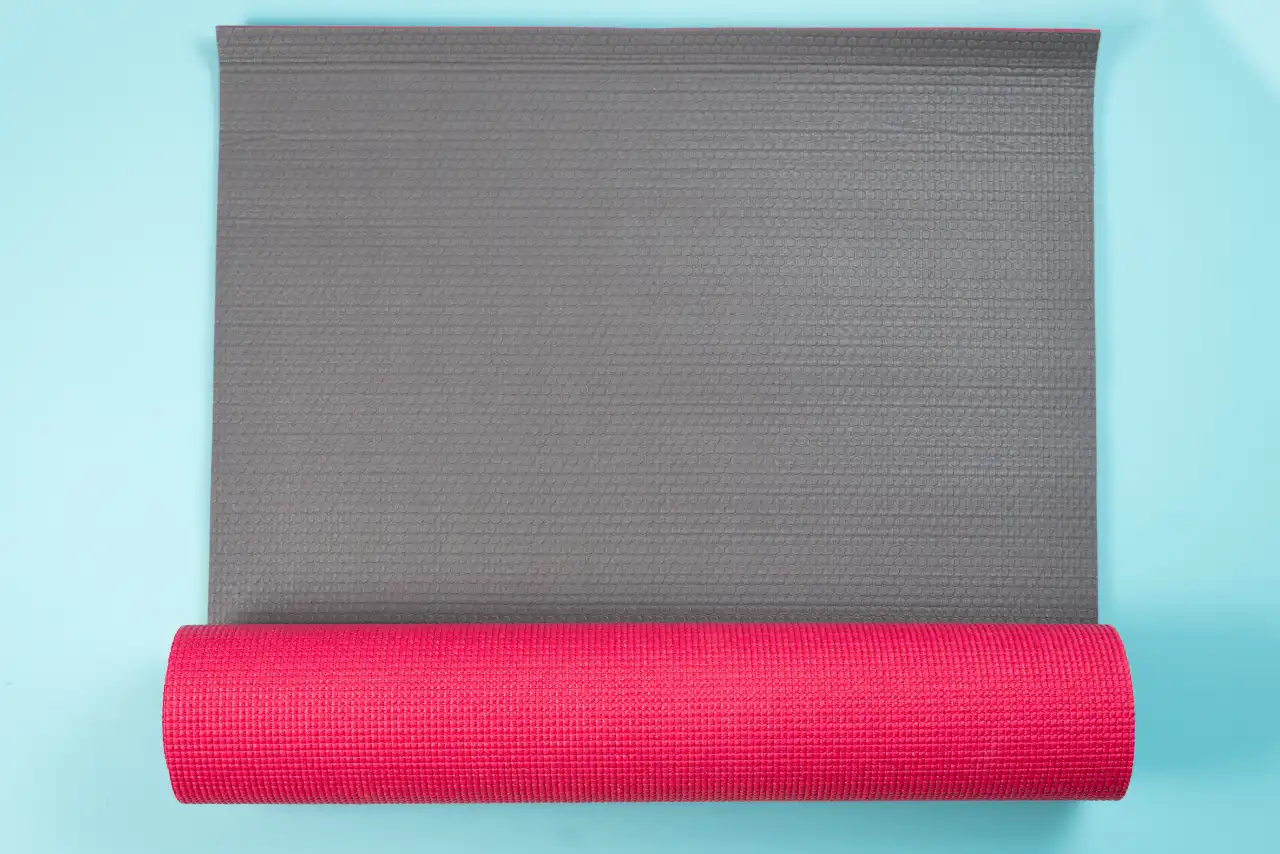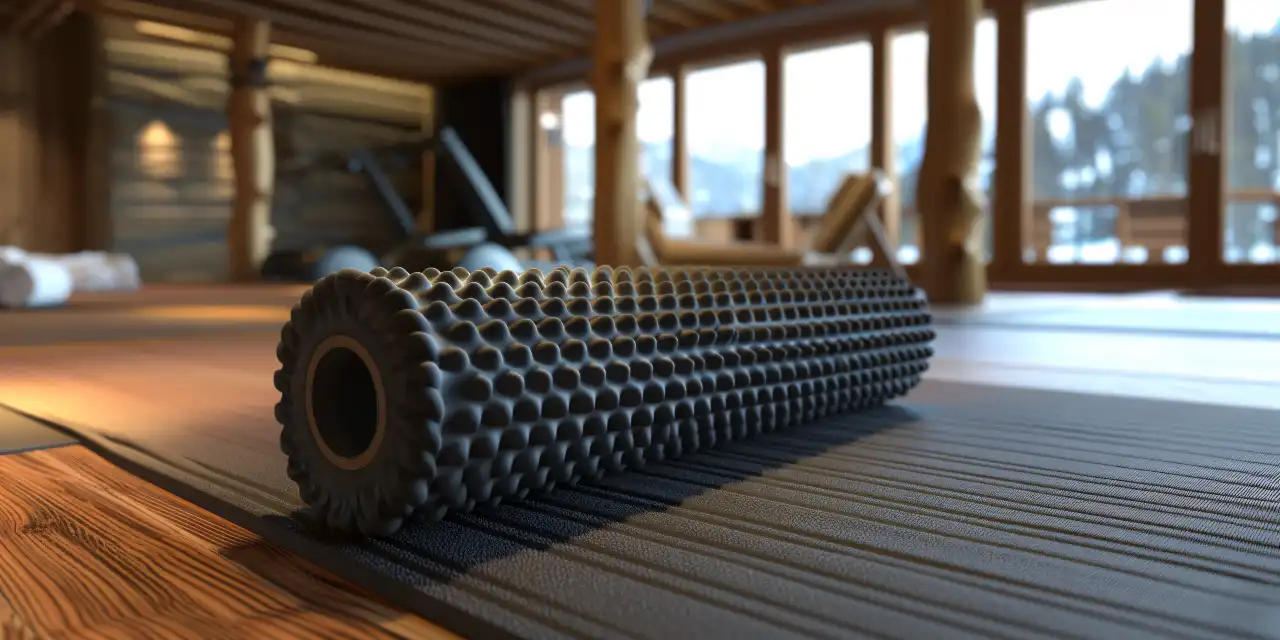Determining the “best” rubber in the world can be subjective and depends on various factors such as intended use, properties required, and specific industry standards. However, some types of rubber are highly regarded for their exceptional qualities and widespread applications. Let’s explore some of the top contenders:
1. Natural Rubber (NR): Natural rubber, derived from the latex sap of the Hevea brasiliensis tree, is considered one of the best rubbers due to its unique properties. NR offers high elasticity, resilience, and tear resistance, making it ideal for applications such as tires, conveyor belts, seals, and adhesives. Its ability to withstand dynamic loads and harsh environmental conditions has earned it a prominent position in the automotive and industrial sectors.
2. Styrene-Butadiene Rubber (SBR): Styrene-butadiene rubber is a synthetic rubber produced by polymerizing styrene and butadiene monomers. SBR exhibits excellent abrasion resistance, toughness, and durability, making it suitable for tire treads, conveyor belts, footwear, and industrial rubber products. Its versatility, cost-effectiveness, and availability contribute to its widespread use in various industries worldwide.
3. Polybutadiene Rubber (BR): Polybutadiene rubber is another synthetic rubber known for its outstanding resilience, low-temperature flexibility, and high abrasion resistance. BR is commonly used in tire manufacturing, where it enhances traction, improves fuel efficiency, and provides excellent wear resistance. Its ability to withstand extreme temperatures and harsh operating conditions makes it a preferred choice for demanding applications.
4. Ethylene-Propylene Rubber (EPDM): Ethylene-propylene rubber is a synthetic elastomer prized for its excellent weather resistance, ozone resistance, and electrical insulation properties. EPDM rubber is widely used in automotive seals, roofing membranes, electrical insulation, and waterproofing applications due to its superior durability and performance in outdoor environments. Its ability to maintain flexibility and integrity over a wide temperature range makes it a preferred choice for demanding outdoor applications.
5. Nitrile Rubber (NBR): Nitrile rubber, also known as Buna-N or NBR, is a synthetic rubber known for its oil resistance, chemical resistance, and flexibility over a wide temperature range. NBR is commonly used in automotive seals, gaskets, hoses, and oil-resistant gloves due to its excellent resistance to petroleum-based fuels and lubricants. Its versatility and resistance to abrasion, tearing, and compression set make it a valuable material in various industrial applications.
In conclusion, the “best” rubber in the world depends on the specific requirements of the application. Natural rubber, styrene-butadiene rubber, polybutadiene rubber, ethylene-propylene rubber, and nitrile rubber are among the top contenders, each offering unique properties and advantages for different industries and applications. Ultimately, the choice of rubber depends on factors such as performance requirements, environmental conditions, and cost considerations.